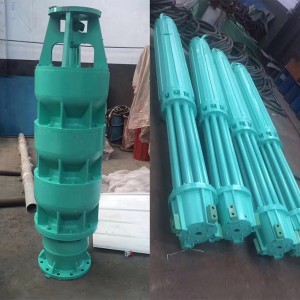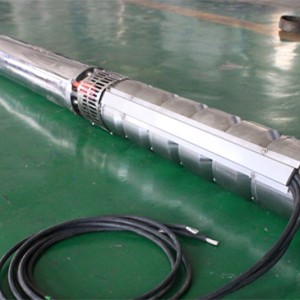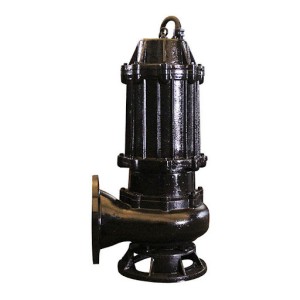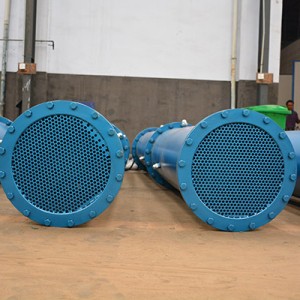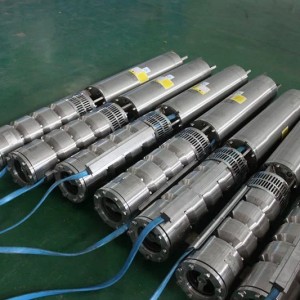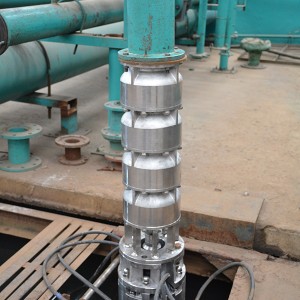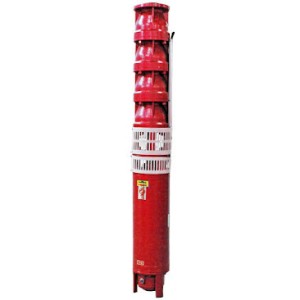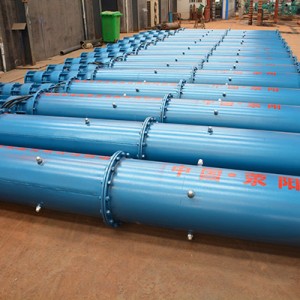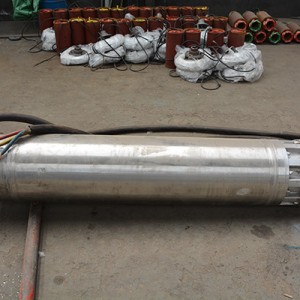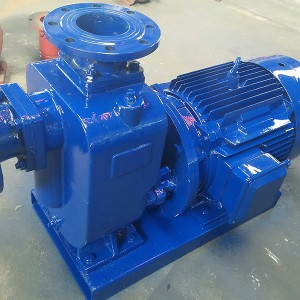A centrifugal pump that can automatically pump water up without filling the suction pipe with water is called a self-priming pump.
Sales of external mixing self-priming pumps
There are many structural types of self-priming pumps. Among them, the working principle of the external-mixing self-priming pump is: fill the pump casing with water before starting the pump (or there is water in the pump casing itself). After starting, the impeller rotates at a high speed to make the water in the impeller channel flow to the volute. At this time, a vacuum is formed at the inlet, and the water inlet check door is opened. The air in the suction pipe enters the pump and reaches the outer edge through the impeller channel. On the other hand, the water discharged into the gas-water separation chamber by the impeller flows back to the outer edge of the impeller through the left and right return holes. The water flowing back from the left return hole is ejected into the impeller channel under the action of pressure difference and gravity, and is crushed by the impeller, mixed with the air from the suction pipe, thrown to the volute, and flows in the direction of rotation. Then it merges with the water flowing from the right return hole and flows along the volute. Because the liquid continuously impacts the cascade in the volute and is constantly broken by the impeller, it is stirred and mixed strongly with the air to form a gas-water mixture, and it flows continuously so that the gas and water cannot be separated. The mixture is peeled off by the tongue at the exit of the volute and enters the separation chamber along the short tube. The air in the separation chamber is separated and discharged by the outlet pipe, while the water still flows to the outer edge of the impeller through the left and right return holes, and is mixed with the air in the suction pipe. Repeatedly circulate in this way, gradually exhaust the air in the suction pipeline, make water enter the pump, and complete the self-priming process.
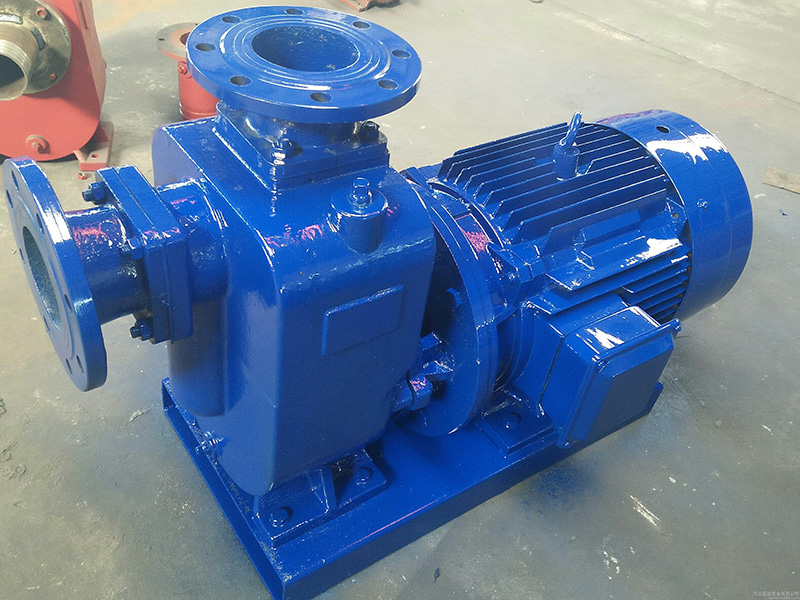
Sales of internal mixing self-priming pumps
The working principle of the internal mixing self-priming pump is the same as that of the external mixing self-priming pump. The difference is that the return water does not flow to the outer edge of the impeller, but to the inlet of the impeller. When the internal mixing self-priming pump is started, the backflow valve at the front and bottom of the impeller must be opened to make the liquid in the pump flow back to the inlet of the impeller. Under the action of the high-speed rotation of the impeller, the water mixes with the air from the suction pipe to form an air-water mixture and is discharged to the separation chamber. Here air is discharged and water is returned from the return valve to the impeller inlet. This is repeated until the air is exhausted and the water is sucked in.
The self-priming height of the self-priming pump is related to factors such as the seal gap in front of the impeller, the number of revolutions of the pump, and the liquid level of the separation chamber. The smaller the front seal clearance of the impeller, the greater the self-priming height, generally 0.3 to 0.5 mm; when the clearance increases, the pump head and efficiency will decrease except for the decrease of the self-priming height. The self-priming height of the pump increases with the increase of the circumferential speed u2 of the impeller, but when the maximum self-priming height is reached, the number of revolutions increases and the self-priming height no longer increases. At this time, the self-priming time is only shortened; when the number of revolutions When descending, the self-priming height will decrease accordingly. Under other conditions unchanged, the self-priming height also increases with the increase of the water storage height (but it cannot exceed the optimal water storage height of the separation chamber). In order to better mix the air and water in the self-priming pump, the blades of the impeller must be smaller to increase the pitch of the cascade; and it is advisable to use a semi-open impeller (or an impeller with a wider impeller channel). It is convenient for the return water to shoot deeply into the impeller cascade.
Most of the self-priming pumps are matched with internal combustion engines and are mounted on movable trolleys, which are suitable for field operations.
Shenlong Pumps sells a variety of self-priming pumps, please contact us
Post time: 2021-12-08


